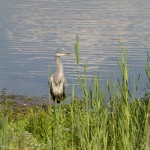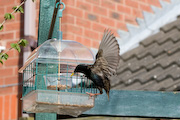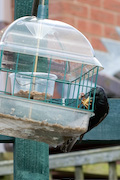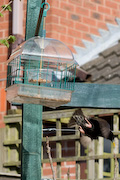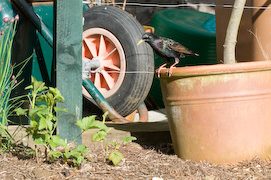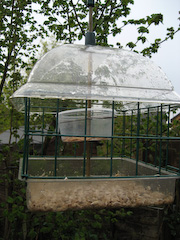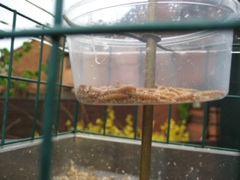On the way back from Ryton I called in to Brandon Marsh nature reserve to see if there were any insects or flowers about that would present a photo opportunity (for that read: I had a camera and no binoculars or scope with me).
I wasn’t expecting much in the way of birdlife, Brandon is often an all or nothing place but I was hopeful of some damselflies. Â What was there? Â Well, not much, one elusive dragonfly and some comma and white butterflies amongst the brambles with nothing overly exciting from a botanical point of view. Â From an ornithological point of view there seemed to be more birds about than normal at this time of year when many of the areas are completely empty. Â The highlight were green sandpipers and oystercatchers (the latter easy to recognise even without optical gear). Â
I became more hopeful when I reached the Carlton hide which is usually deserted, but on Saturday was filled with birdwatchers and photographers. Â However, I think they were there in the hope of seeing and photographing a kingfisher or hobby rather than because of something that was actually there. Â The massed ranks were satisfying themselves with shooting (in a photographic sense) a heron that seemed to be posing for them. Â Not having the patience to wait for a bird that may or may not turn up and not having a gigantic lens requiring a sherpa to help move it I wandered off to look for other things.
 I had to satisfy myself with this photo of a different heron.
